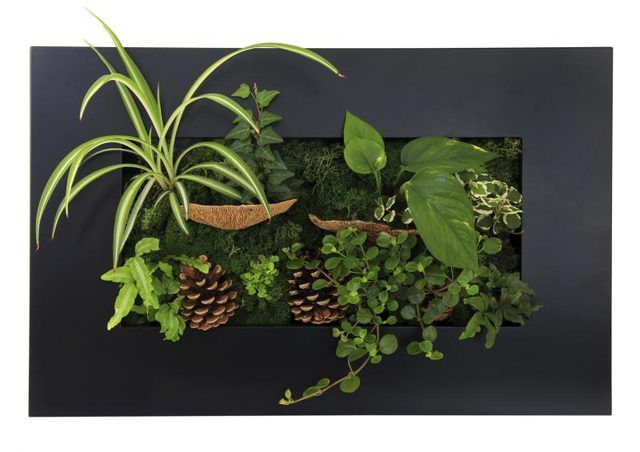Bulbs
Flower Basics
Flower Beds & Specialty Gardens
Flower Garden
Garden Furniture
Garden Gnomes
Garden Seeds
Garden Sheds
Garden Statues
Garden Tools & Supplies
Gardening Basics
Green & Organic
Groundcovers & Vines
Growing Annuals
Growing Basil
Growing Beans
Growing Berries
Growing Blueberries
Growing Cactus
Growing Corn
Growing Cotton
Growing Edibles
Growing Flowers
Growing Garlic
Growing Grapes
Growing Grass
Growing Herbs
Growing Jasmine
Growing Mint
Growing Mushrooms
Orchids
Growing Peanuts
Growing Perennials
Growing Plants
Growing Rosemary
Growing Roses
Growing Strawberries
Growing Sunflowers
Growing Thyme
Growing Tomatoes
Growing Tulips
Growing Vegetables
Herb Basics
Herb Garden
Indoor Growing
Landscaping Basics
Landscaping Patios
Landscaping Plants
Landscaping Shrubs
Landscaping Trees
Landscaping Walks & Pathways
Lawn Basics
Lawn Maintenance
Lawn Mowers
Lawn Ornaments
Lawn Planting
Lawn Tools
Outdoor Growing
Overall Landscape Planning
Pests, Weeds & Problems
Plant Basics
Rock Garden
Rose Garden
Shrubs
Soil
Specialty Gardens
Trees
Vegetable Garden
Yard Maintenance
The Best Potting Soil for Spider Plants
The Best Potting Soil for Spider Plants. Spider plants (*Chlorophytum comosum*) are popular and **simple to grow** for a good reason: They are forgiving of many common gardening mistakes. That makes them suitable for beginner gardeners. They are most often seen indoors and outdoors in hanging baskets and also are used as edging and ground cover....

Spider plants (Chlorophytum comosum) are popular and simple to grow for a good reason: They are forgiving of many common gardening mistakes. That makes them suitable for beginner gardeners. They are most often seen indoors and outdoors in hanging baskets and also are used as edging and ground cover. Spider plants grow easily and well in soil that includes everything from clay to sand.
Growth Habits
Spider plants are herbaceous perennials that are not native to North America but flourish in U.S. Department of Agriculture plant hardiness zones 9b through 11 and can be planted year-round throughout those zones. They spread 2 to 4 feet wide and gain a height of ? to 1 foot. They send out 4- to 16-inch-long, grasslike leaves that are yellow, green, white or green and white. Dwarf spider plants, such as the cultivar "Mandaianum," keep their leaves 4 to 6 inches long. All spider plant varieties form thick, fleshy, tuberous roots, which hold water, making the plants drought-tolerant.
Optimum Soil Conditions
Spider plants grown in the ground may prosper in many conditions, but those grown in containers need good potting soil. A general-purpose potting soil is best for the container plants, which need more air, water and nutrients than plants in the ground. The potting soil must allow their root systems to absorb oxygen and water, and supply them with the nutrients necessary for growth. Spider plants adapt to clay soil in a garden, but they grow better in containers when their soil is not compacted.
Characteristics and Ingredients
The best potting soil drains easily but also retains moisture. In the ground, water flows away from a plantís root system; in a container, water accumulates at the container's bottom. Roots rot in standing water. Perlite, vermiculite, calcined clay and sand are materials most often used in suitable potting soil to help retain moisture. They create pores or spaces that admit water and air to the soil. Peat moss, sphagnum moss and coconut fiber also are used in potting soil to create a moisture-retaining mixture.
Necessary Nutrients
All species of plants, including spider plants, require 17 nutrients to grow and thrive. Nutrients are created from air, water and other organic materials, and the best potting soils have an ample supply of them. Nitrogen, phosphorous and potassium are needed in the highest amounts, but micronutrients such as molybdenum, copper and zinc also are needed for healthy plant growth. Potting soil made with organic materials such as leaf mold, animal manure and rock powders supply the required 17 nutrients.